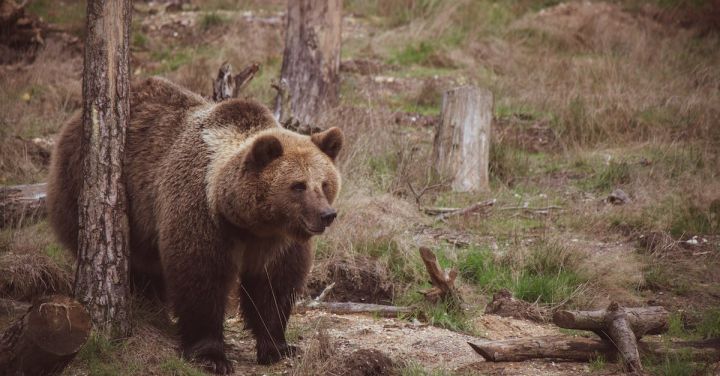What Is the Wildlife Ethical Code for Bear Country?
Bears are magnificent creatures that inhabit many regions across the globe. Whether it’s the grizzly bears of North America, the polar bears of the Arctic, or the giant pandas of China, these animals hold a special place in our hearts. However, as human populations continue to encroach upon their natural habitats, it becomes imperative to establish a wildlife ethical code for bear country. This code will help ensure the safety and well-being of both bears and humans, while also preserving the delicate balance of nature.
Respecting Bear Habitats
The first principle of the wildlife ethical code for bear country is to respect and protect bear habitats. Bears need vast areas of undisturbed wilderness to thrive, and it is our responsibility to ensure that their habitats are preserved. This means avoiding activities such as logging, mining, and urban development in bear territories. By doing so, we can ensure that bears have access to sufficient food sources and safe spaces to raise their young.
Minimizing Human-Bear Encounters
Human-bear encounters can be dangerous for both parties involved. In order to minimize these encounters, it is crucial to follow certain guidelines. When camping or hiking in bear country, it is important to store food securely and dispose of waste properly. This will help prevent bears from being attracted to human campsites. Additionally, making noise while hiking can alert bears to your presence and decrease the likelihood of surprise encounters. By taking these precautions, we can reduce the risk of conflicts between bears and humans.
Educating the Public
Education plays a vital role in establishing a wildlife ethical code for bear country. Many people are unaware of the behaviors and needs of bears, which can lead to unintentional harm. By providing educational resources and programs, we can increase public awareness about bear conservation. This includes teaching people how to identify bear signs, what to do in the event of a bear encounter, and the importance of respecting bear habitats. Through education, we can foster a greater appreciation for bears and their role in the ecosystem.
Promoting Responsible Wildlife Viewing
Wildlife viewing is a popular activity in bear country, but it must be done responsibly. Approaching bears too closely or attempting to feed them can be dangerous for both humans and bears. It is important to maintain a safe distance and use binoculars or zoom lenses for close-up views. Additionally, it is crucial to follow any regulations or guidelines set forth by wildlife management agencies. By promoting responsible wildlife viewing, we can minimize disturbance to bears and their natural behaviors.
Reporting Bear Sightings and Encounters
Lastly, the wildlife ethical code for bear country includes a provision for reporting bear sightings and encounters. This information is valuable for wildlife management agencies, as it helps them track bear populations, monitor behaviors, and identify potential problem bears. By reporting sightings and encounters, we contribute to the overall conservation efforts and ensure that bears are protected and managed appropriately.
In conclusion, establishing a wildlife ethical code for bear country is crucial for the coexistence of humans and bears. By respecting bear habitats, minimizing human-bear encounters, educating the public, promoting responsible wildlife viewing, and reporting sightings and encounters, we can create an environment where both humans and bears can thrive. It is our responsibility to protect and preserve these magnificent creatures, and by following these guidelines, we can ensure a future where bears continue to roam the wild.






